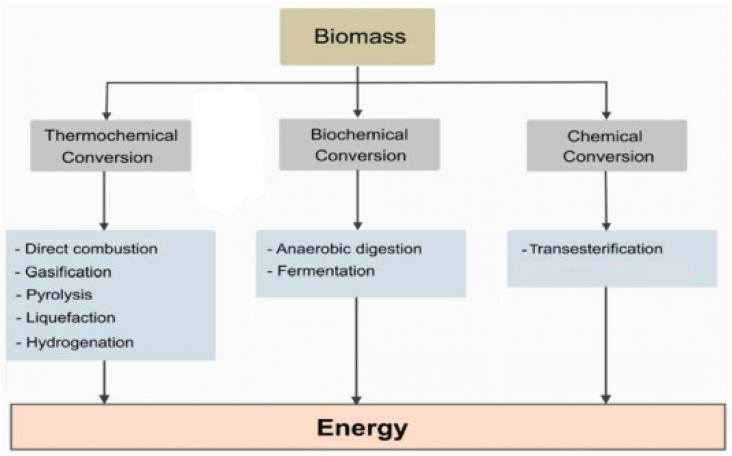This chapter advances UN SDG goals 7 and 13 by critically evaluating the current status of waste-to-energy (WtE) processes to determine how best to move forward from a few successful WtE demonstrations to commercial-scale processes.
The effects of forest harvesting are very evident aboveground, with clear contrasts between areas that are clearcut and those that are managed with some degree of retention of old trees. The implications for the belowground portions of forest ecosystems are difficult to see, but fundamental to the future development of the recovering forest.

An investigation supporting SDGs 7 and 13, based in Ghana, into the possibility of using slaughterhouse wastes as a source of renewable energy through biogas technology. The researchers concluded that 'Ghana generates significant amount of slaughterhouse waste each year that can be processed using AD [anaerobic digestion] for energy and electricity production to supplement the country's electricity needs, while reducing GHG emissions'.
This Article supports SDGs 3 and 13 by estimating how global income inequality might have to be reduced in order to ensure both decent living standards and reductions in global energy use for planetary health.
This Article supports SDG7 and 13 by proposing a new model to identify the most critical features of energy storage system technologies to enhance renewable energy integration and achieve New York State's climate goals from 2025 to 2040.
The article investigates the role of environmental pollutants, especially endocrine disrupting chemical, and their negative effect on fertility.
This article advances SDG # 13 by devising a new way of accounting for responsibility, and shows that developing countries value-chain based responsibility for global CO2 emissions has surpassed that of developed countries since 2012 and is increasing quickly. Massive global value chains, through global trade, make accounting for "responsibility" of climate emissions increasingly complicated.
This article supports SDG 15 through its study of the effects of crop rotation on soil microorganisms and concluded that crop rotation could enhance soil microbial biomass and bacterial diversity, and the effect of crop rotation on soil phosphatase and β-glucosidase activity.
This chapter advances UN SDG goal 7 by discussing the role of nanosized metal catalysts in CO2 reduction in fuels
Elsevier,
Solar Energy Harvesting, Conversion, and Storage: Materials, Technologies, and Applications, Volume , 1 January 2023
This chapter advances UN SDG goals 7 and 13 by providing an overview of solar energy harvesting technologies, energy storage technologies and the role of advanced nanomaterials in solar energy; exploring applications of the technology in the fields of agriculture, aquaculture, desalination, and transport; and discussing the current policies, strategies, and socio-economic analysis and challenges in the field.
